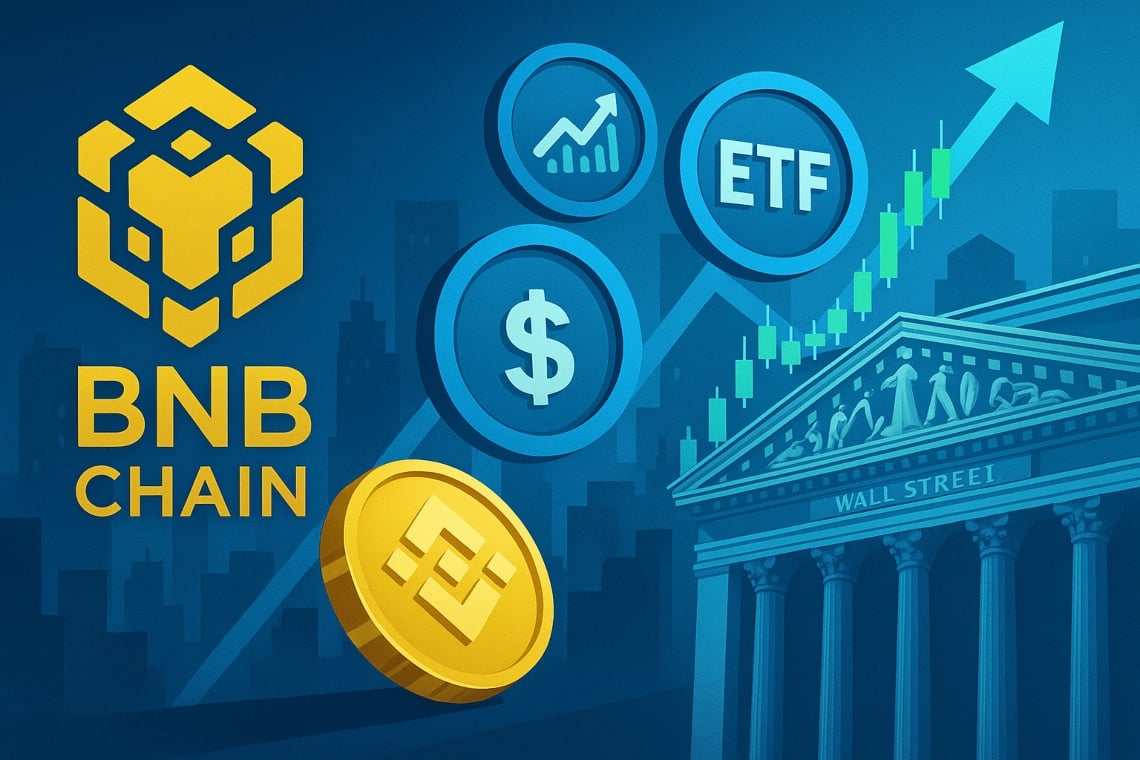Binance Research Report Highlights Crypto Market Surge Driven by Institutional Demand and Regulatory Clarity

- A striking shift emerged in market dominance: Bitcoin’s share contracted by about 5 percent to 60.6%, while altcoins surged toward 39.2%.
- Corporate holdings of ETH exploded, rising approximately 128% to more than 2.7 million ETH.
- Indeed, on-chain stablecoin transfer volumes continued to run well ahead of Visa’s transaction volumes since late 2024.
In July 2025, the cryptocurrency landscape enjoyed a remarkable upswing. Total crypto market capitalization expanded by 13.3%, fueled by Bitcoin’s ascent to fresh all-time highs, vigorous institutional demand across major assets like ETH, and a clearer regulatory outlook following the passage of pivotal stablecoin legislation. These favorable dynamics, combined with optimism regarding upcoming Federal Reserve rate cuts and improving macroeconomic conditions, encouraged investors to pivot toward riskier altcoins, with ETH—as well as a broader interest in decentralized finance (DeFi), tokenization, and stablecoin use—leading the charge as mentioned in the recent Monthly Market Insight by Binance Research.
A striking shift emerged in market dominance: Bitcoin’s share contracted by about 5 percent to 60.6%, while altcoins surged toward 39.2%. This shift marked more than just capitalization trends—it reflected strategic repositioning among investors as renewed risk appetite and institutional backing turned attention from crypto’s traditional stalwart to opportunities beyond Bitcoin.
Ethereum bore the brunt of this momentum. Corporate holdings of ETH exploded, rising approximately 128% to more than 2.7 million ETH. With 24 new companies adding ETH to their treasuries, corporations now hold roughly 46.5% as much ETH as ETFs do. This institutional embrace wasn’t random—it was propelled by staking yield opportunities, Ethereum’s deflationary design, and its pivotal role in DeFi and collateral products. It marked a watershed moment—the strongest month yet for treasury-level adoption of crypto assets.
A significant regulatory development: the GENIUS Act was enacted, establishing the first federal framework for fully reserved, AML-compliant stablecoins backed 1:1 by cash or Treasuries. The law requires regulated issuance, monthly disclosures, and secure backing, paving the way for broader adoption among legacy financial institutions. Institutional players responded almost immediately: JPMorgan expanded its deposit-token pilot, Citi explored tokenized deposits for cross-border settlement, and Visa declared stablecoins a “complement” to its payments infrastructure—plotting a path toward dovetailing digital currencies with mainstream payment rails.
Indeed, on-chain stablecoin transfer volumes continued to run well ahead of Visa’s transaction volumes since late 2024, affirming their growing role in global payments and challenging traditional systems.
Elsewhere in crypto’s broader universe, tokenized stocks—digital representations of equity shares—saw exceptional growth in July. The total tokenized stock market cap reached about US$370 million, with nearly US$53 million concentrated in recognizable assets like TSLA and SPY—a 220% increase compared to June. Active on-chain addresses jumped from just 1.6K to 90K, echoing the intense activity of the early DeFi era. While centralized exchanges still dominate tokenized stock volume, the explosive growth in on-chain participation underlines mounting investor interest.
The potential scale is staggering: if even 1% of global equity markets were tokenized, the market value could surpass US$1.3 trillion. That scale could catalyze a new wave of demand for sophisticated DeFi infrastructure, driving blockchain a step closer to mainstream finance.
Looking at altcoins, July’s performance varied across the board. Ethereum soared 51%, propelled by institutional flows and treasury demand. XRP enjoyed early strength but slipped later in the month. SUI surged 34.6% as DeFi activity grew on its network and plans for a corporate SUI treasury surfaced. ADA climbed 33.8% ahead of its Starstream upgrade, aimed at enabling browser-based ZK proof creation. DOGE bounced 30% amid renewed hype and treasury adoption news. BNB gained 22.1%, hitting an all-time high around US$858 as institutional interest ramped up. TRX rose 18.8%, benefiting from its role underpinning USDT. Solana advanced 16.4% driven by inflows into its ETF, though sentiment weakened after a delay in regulatory approval. Lastly, HYPE added 7.8%, buoyed by fresh exchange listings and Grayscale’s evaluation process.
On the DeFi front, total value locked (TVL) soared 23.6%, reflecting renewed investor confidence and growth in transaction activity across major networks. Ethereum gained market share while other platforms—BNB Chain, Solana, and Arbitrum—declined slightly. Tron rebounded from June’s weakness. Stablecoin supply also expanded by 5.1%, with USDT extending its lead over USDC amid improved regulatory clarity.
Over in NFTs, trading volumes jumped 49.9% in July. A single high-profile whale acquisition—45 CryptoPunks in one purchase—ignited demand for Ethereum-based collections, lifting floor prices across the board. Ethereum’s NFT activity surged 58%, while Bitcoin’s NFTs saw a 28.1% gain. Polygon’s NFT ecosystem, however, slumped 51.5%. Notably, CryptoPunks exhibited explosive growth with a 393% spike; Pudgy Penguins and Moonbirds followed with 371% and 296% increases. Collectively, NFT market capitalization has nearly doubled since June, though remains below previous boom levels. Institutional interest in the space appears to be rising too, with conversations about NFT inclusion in ETFs suggesting a potential avenue for legitimizing the asset class.
To summarize, July 2025 was a landmark month for crypto markets. Institutional participation soared, regulatory clarity arrived in the form of major stablecoin legislation, and altcoins and digital assets beyond Bitcoin flourished. Ethereum emerged as a superstar—backed by corporate and institutional demand, staking incentives, and tokenization narratives. Stablecoins asserted themselves as credible payment tools, while tokenized equities and NFTs sketched the blueprint for future mainstream adoption. As the industry matures, investors and institutions are pivoting toward innovation, infrastructure, and regulated integration—setting the stage for crypto’s next chapter.
